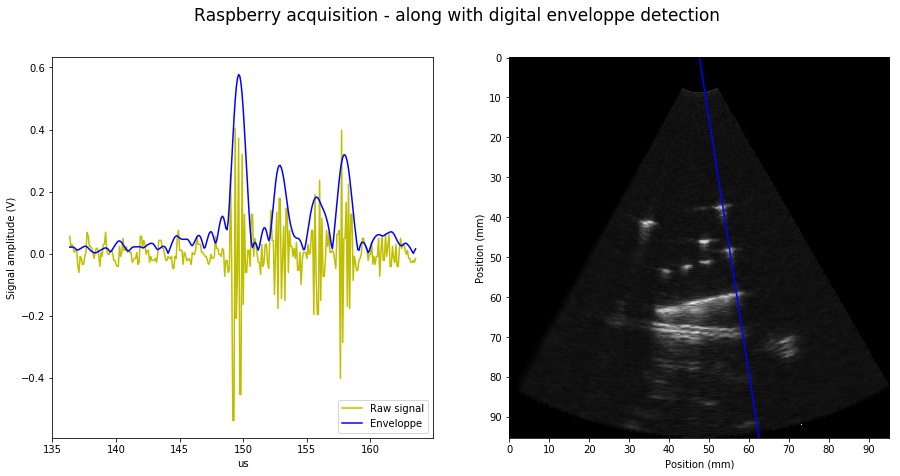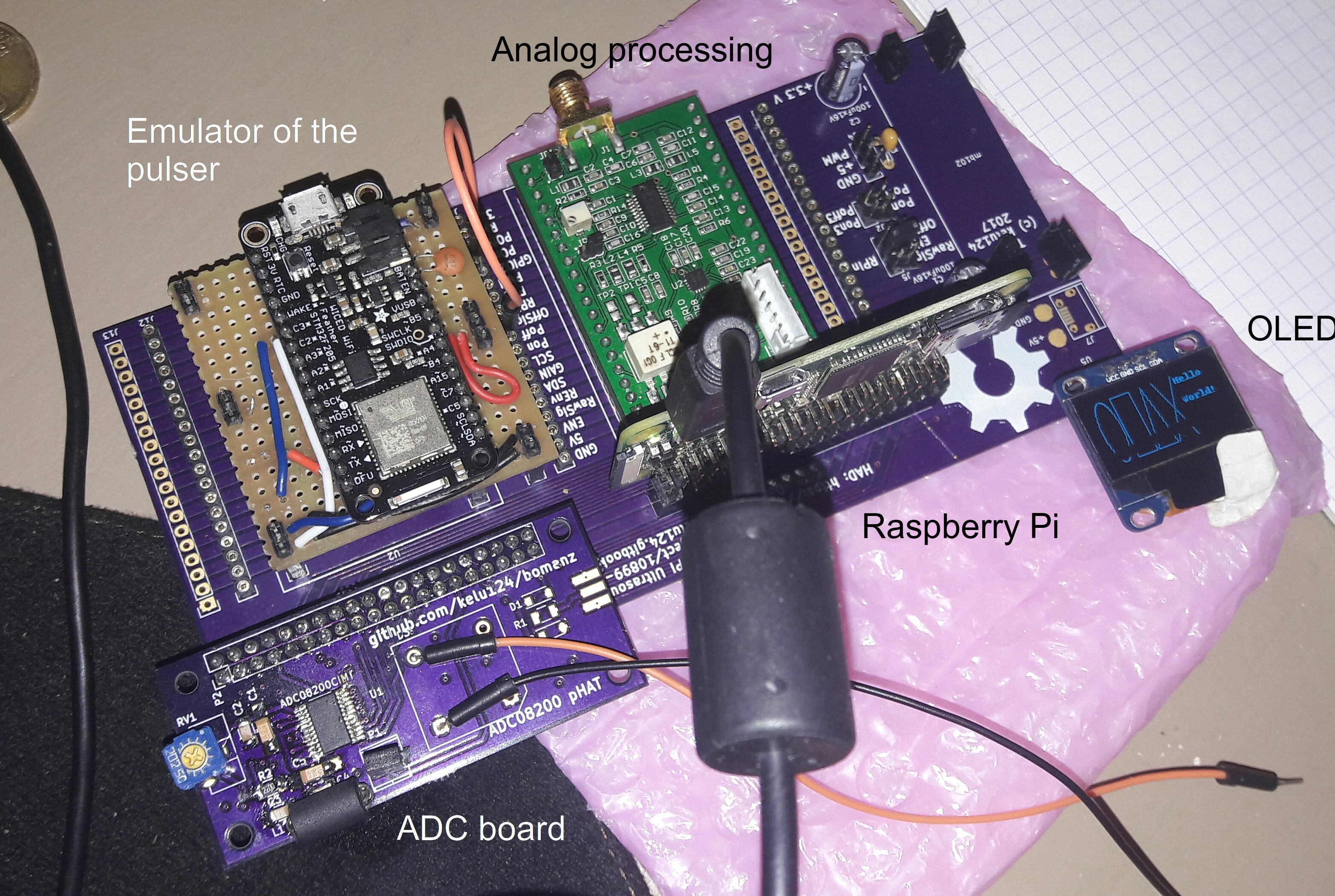What is this project?
This project has a specific target of providing a low-cost, open source technological kit to allow scientists, academics, hackers, makers or OSHW fans to hack their way to ultrasound imaging - below 500$ - at home, with no specific equipment required. For complementary sources of information, you can visit:
- the github repo, for the source files, raw data and raw experiment logs;
- the online manual/book for a easily readable and searchable archive of the whole work;
- with list of probes
- and list of experiments
- the hackaday page, where I tried to blog day-to-day experiments in a casual format;
- an article summarizing the experiment on the Journal of Open Hardware - DOI:10.5334/joh.2;
- the slack channel if you want to discuss;
- the Tindie store for the analog processing unit and the unipolar pulser or the motherboard.
- And of course, the ice40 research board, on un0rick.cc and its doc or even its github. It's a bit cheaper, and has better specs.
- Disclaimer #0: This is not a medical ultrasound scanner! It's a development kit that can be used for pedagogical and academic purposes - possible immediate use as a non-destructive testing (NDT) tool, for example in metallurgical crack analysis. As in all electronics, be careful.
- Disclaimer #1: though an engineer, this project is the first of its sort, I never did something related. It's all but a finalized product.
- Disclaimer #2: Ultrasound raises questions. In case you build a scanner, use caution and good sense!
- Disclaimer #3: This project is not part of echopen.
What are the arduino-like ultrasound module ?
Creating modules to facilitate ultrasound hacking : the principles of the echOmods is to enable a full chain of ultrasound image processing and hardware control.
We have chosen to use a module approach to make sure that each key component inside ultrasound image processing can easily be replaced and compared with another module, while providing logical logic blocks and corresponding interfaces for these modules to communicate. There's a module for high-voltage pulsing, one for the transducer, one for the analog processing, one for data acquisiton, ... and many more!
What images does it give ?

What does it look like?
The modules sit on a breadboard, and communicate through the tracks laying below. The configuration represented below show the Basic dev kit.

and used in a wider context:
